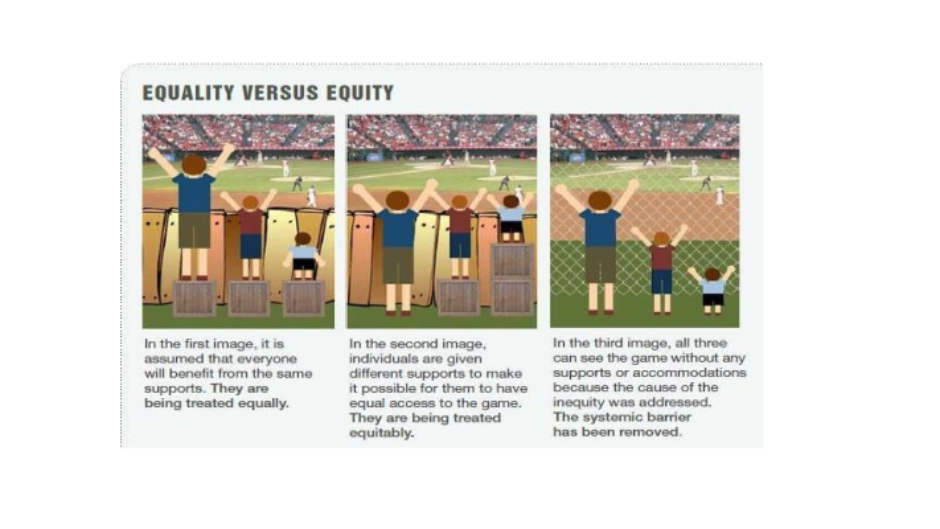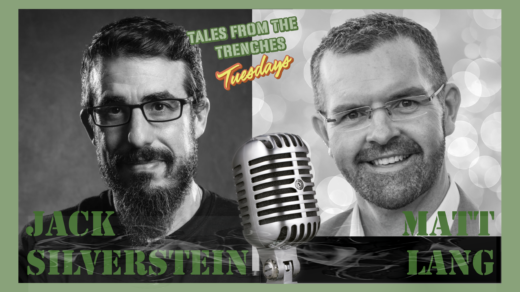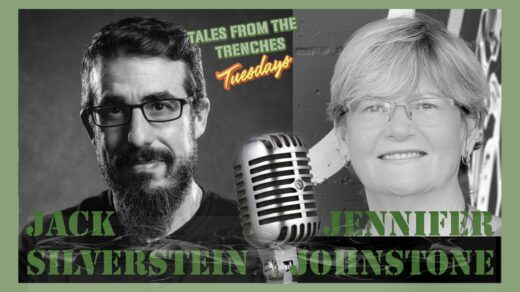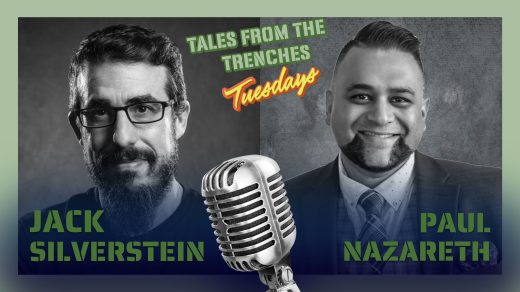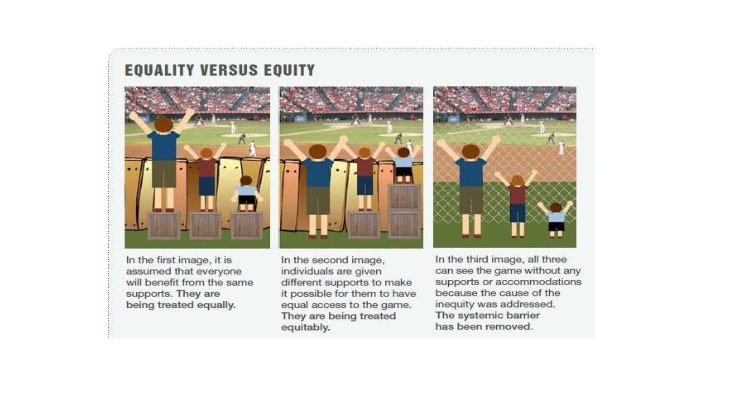
I came across this visual a while ago and it really resonated with me. It made me re-examine my perspective. Look at the image on the left. By attempting to make sure everyone is equal (and has the exact same supports), the two smaller kids are still at a disadvantage to see over the fence to take in the game. You may say that everyone has been given the same opportunity. The truth is, in this illustration, only the tallest kid benefits completely from that opportunity.
Now, look at the image in the middle. There is a redistribution of the supports so that they have an equal view of the game (and therefore are treated equitably). This is really the realm of which fundraising thrives. Some people have greater access to assets than others (sometimes through no other happenstance than being born into the ‘right’ family). But why do you suppose that some have more than others? Perhaps it is a huge social experiment to see if there can be a natural redistribution of some of the wealth. The tallest kid doesn’t have a box to stand on (but that doesn’t matter as s/he is enjoying the view anyways) and the smallest kid has two boxes to stand on for an unobstructed view. The takeaway here is that the same ‘distribution’ across the board doesn’t work for everybody. In the fundraising world, we would refer to this as segmentation. The tallest kid is not being disadvantaged with a box to stand on. The smallest kid has been elevated (literally and figuratively).
The image on the right is an illustration of a case statement where the actual barrier was removed. When the barrier is removed, there is not a need for those supports anymore and all three kids have a great view of the game. Remember that the case statement starts by addressing an issue and then describes a future where people can live up to their potential free from external barriers.
So what does this have to do with Fundraising?
There are so many similarities to the world of fundraising — it need not just be about the physical supports and perspective. It can be about staffing — some on the team will need more support than others. The same goes for volunteers. And donors. The list goes on and on…..
Really, this is just a different way of looking at some of the issues. I would reckon that the cookie-cutter approach (left-hand picture) is probably the least effective perspective and least desired. Though far too often, that is what happens — a mass approach — likely because it is the easiest.
Remember as George Orwell said, “All animals are equal, but some animals are more equal than others.”
Until next week.
L’chaim
jack

